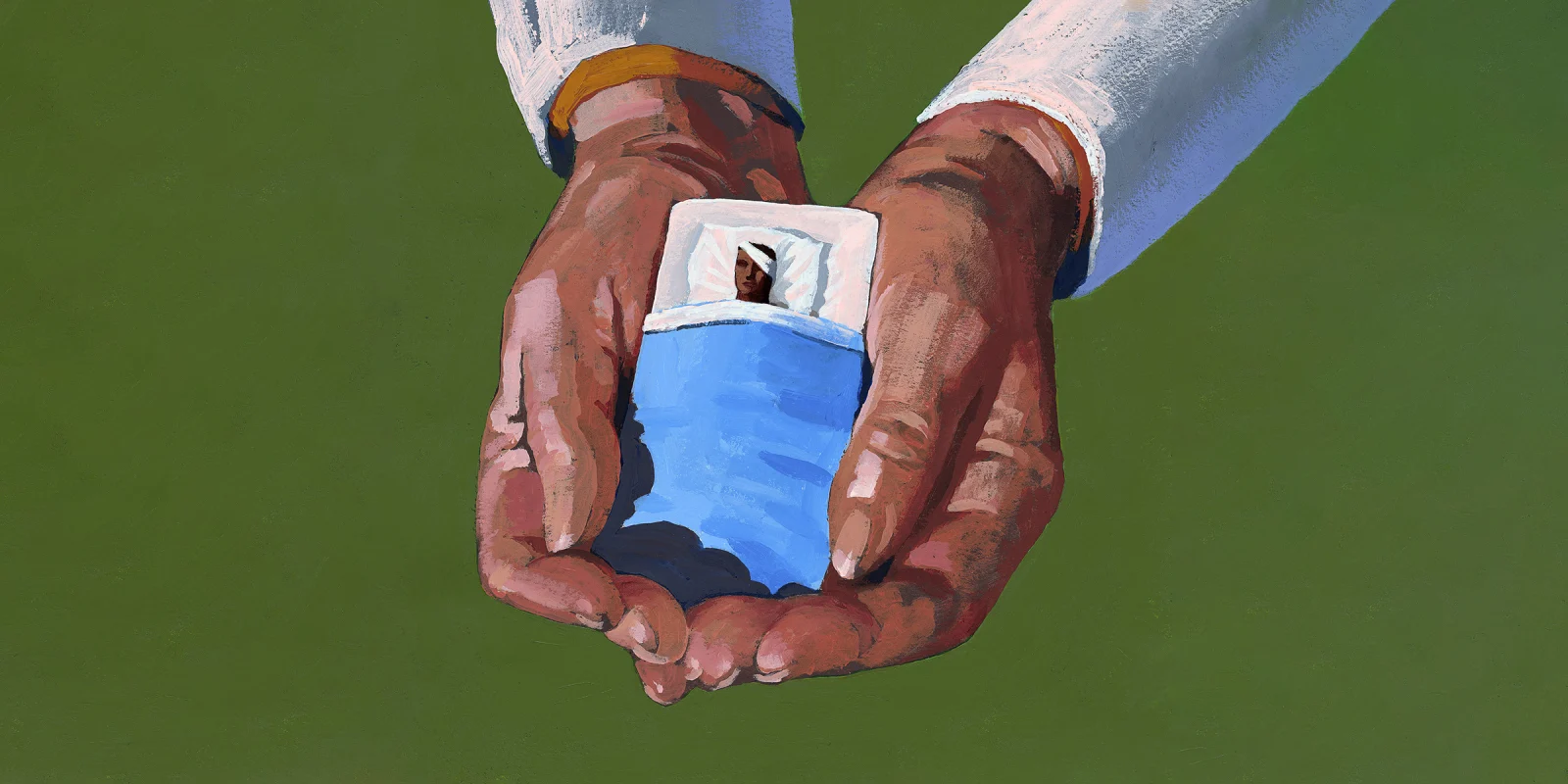“How can I help?” Medical director Dr. Max Goodwin never fails to come back to this open-ended and humbling question in NBC’s TV series “New Amsterdam.”
Critics of the show may be correct in suggesting that its portrayal of medicine is overly simplistic. Maybe it is failing doctors. But by reiterating this question, Dr. Goodwin is doing at least one thing right.
Last month, at Bellevue Hospital in New York City, I had the privilege of helping treat sickle cell pain crisis for two patients, Mr. J and Mr. P. The stark contrast of their medical experiences taught me a lesson: the value of asking patients, "How can I help?" Our patients' social histories are often embedded in the stories of their pain and frustration, something that will not show up in labs or imaging.
The stories of these two patients’ experiences in the hospital share a similar beginning. Both are African American men in their late 20s who presented with profound pain uncontrolled with opiates for the past three to four hours. Their medical dictionaries (“RUQ pain,” “abscesses,” “Eliquis,” “priapism,” “osteonecrosis,” “PO,” “q3”) seemed to be on par with mine. They had had one too many encounters with the health care system.
I met Mr. J during my morning pre-rounding.
“Can I have my pain meds?” Mr. J groaned, lying in a fetal position.
“Not until 10 a.m.,” his nurse responded.
“Please, I can’t stand it.”
“I can’t give you anything until 10 a.m.”
Mr. J’s body was battling the crescent moon-shaped cells in his blood. For thousands of years, spanning numerous cultures, crescent moons have symbolized power, regeneration, and fertility. But for sickle cell patients like Mr. J, they are an omen of destruction. Defective oxygen transporters turn their round blood cells into crescent moon-shaped cells that clump together in the body’s capillaries, blocking oxygen supply to organs.
Mr. J’s organs were suffocating, screaming out for help. He felt like he was being stabbed over and over again. He couldn’t stand it. His pain was unbearable. He needed his medication immediately. But Mr. J’s nurse did not have an order in the hospital system that would allow her to give the patient more pain medication.
At our 8 a.m. morning huddle, I mentioned Mr. J was still in pain. I had assumed there was a reason, dosage or otherwise, that prevented Mr. J from receiving his opiates earlier. But I was wrong. Shifts were changing. Residents had high patient volumes to manage. And Mr. J's pain had slipped through the cracks. He had been eligible for more pain medication all along.
Though the rounds eventually led to reduced suffering for Mr. J, I wanted to understand his experience better. But my questions were met with frustration. “I’ve already explained this over and over to you all my entire life,” he said. “It’s painful to keep doing this. Just read my chart.”
I wondered if things would have turned out differently if I had asked, instead, “How can I help?”
I got a chance to explore this thought the following week when we admitted Mr. P, another patient in sickle cell crisis. I visited Mr. P every four hours to make sure his pain was controlled. On one of these visits, I tried something new, opening our conversation with, “How can I help?” I wanted to let Mr. P know that I was there to listen unassumingly, with eager ears and an open heart. I wanted to understand how we could help him live with his illness better, rather than simply saving him from drowning when he visited us.
The floodgates opened. Mr. P, who usually uttered no more than the bare minimum, spoke for half an hour, stopping only to catch his breath. His first experience with sickle cell disease occurred when he was 15 years old, when he experienced an erection for three days. “I thought it was just something men went through, like women and their periods, but I told my father about it when I couldn’t stand it any longer,” he told me. “I still have trauma from the pain.”
The conversation uncovered two critical chapters of his story that, until then, were unwritten in his otherwise extensive medical chart. First, he was recently in rehabilitation for substance use and hesitated to take his daily medications for fear of relapse. And second, even though he had recently moved to the Bronx, he had been unable to successfully switch his pharmacy to suit his new location — an extra hurdle to refill his medications. There were so many ways we could help Mr. P.
After my experiences caring for these two patients, “how can I help?” has become my new greeting. Recently, the question helped me uncover key information from a patient with severe diabetes. As a truck driver on the road for long stretches of time, he needed to identify the fast food options that would be least harmful to his health, rather than receive recipes for healthy home-cooked meals that his case manager continued to send him. The most helpful thing I could do was to walk him through the nutrition details of fast food menus together.
As a health care professional, I have the privilege of caring for patients in some of their most emotionally vulnerable states. I owe it to them to make sure they truly feel heard. And so, like Dr. Goodwin, I always want to know how I can help.
What techniques have helped you improve patient care? Share your experiences in the comment section below.
Kanan Shah is a MS2 at the NYU School of Medicine, in the 3-year MD track for Internal Medicine. She completed her undergraduate education at Yale University, and wishes to enter academic medicine in cardiology or hematology/oncology.
All names and identifying information have been modified to protect patient privacy.







